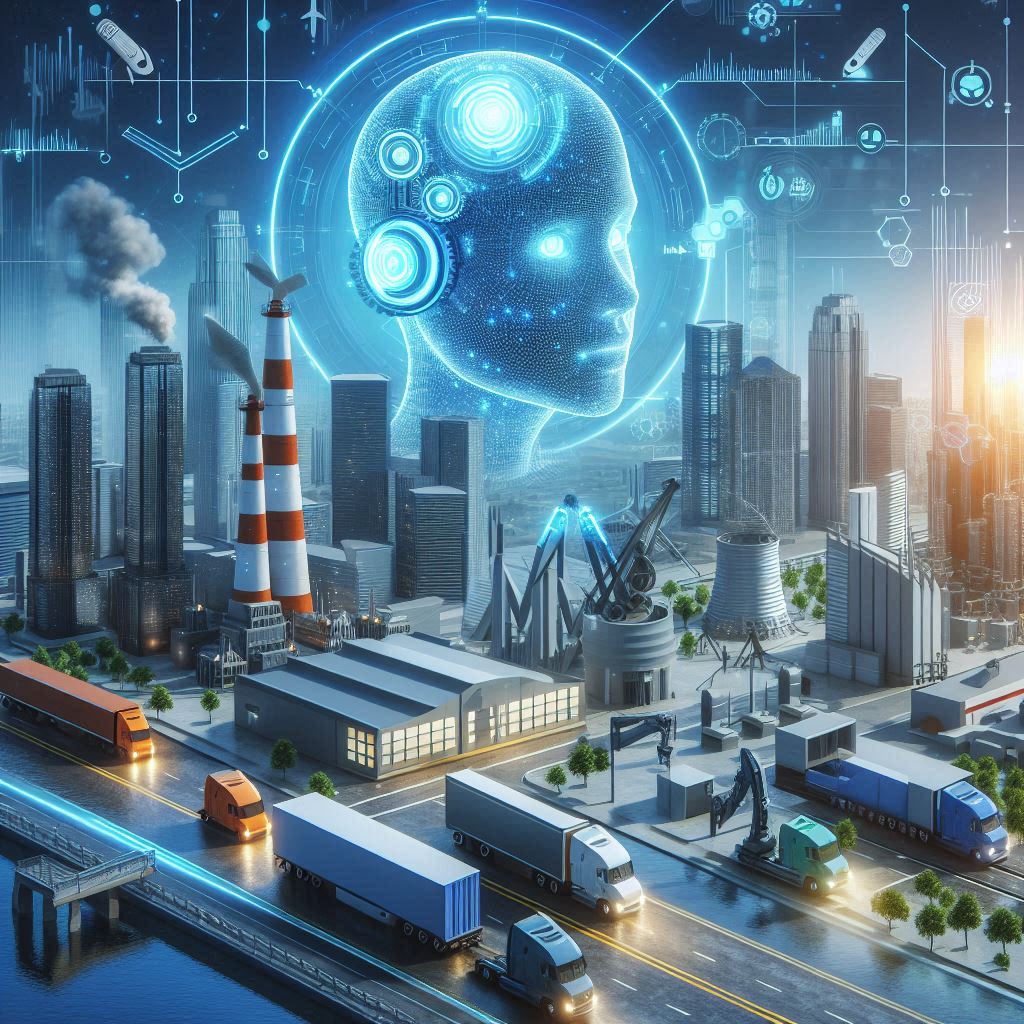Driving Growth with AI:
Transforming Industries and Markets
Introduction to AI’s Impact on Industries
Artificial Intelligence (AI) has emerged as a revolutionary force reshaping industries across the globe. From enhancing operational efficiencies to enabling personalized customer experiences, AI is driving significant growth and innovation.
Success Stories and Exemplary Cases
Numerous companies have leveraged AI to redefine their sectors, demonstrating the transformative potential of this technology. Companies like Airbnb, Uber, and SpaceX have not only disrupted traditional models but have set new benchmarks in their respective industries.
Impact of AI on Key Sectors
AI’s influence spans various sectors, including healthcare, finance, retail, and manufacturing. Let’s explore how AI is transforming each:
| Sector | Impact of AI |
|---|---|
| Healthcare | AI-driven diagnostics and personalized medicine are revolutionizing patient care. |
| Finance | AI-powered analytics for fraud detection and predictive insights are reshaping financial services. |
| Retail | Personalized recommendations and supply chain optimization are improving customer satisfaction and operational efficiency. |
| Manufacturing | AI-driven automation and predictive maintenance are enhancing production processes and reducing costs. |
Challenges and Future Outlook
While AI undeniably offers immense potential to revolutionize industries and enhance productivity, it also brings forth a range of challenges that must be carefully navigated.
Ethical Concerns in AI Implementation
One of the foremost challenges associated with AI is ethical considerations. As AI systems increasingly make decisions that impact individuals and societies, concerns about fairness, transparency, and accountability come to the forefront. Biases embedded in training data can perpetuate inequalities, affecting outcomes in areas such as hiring practices, loan approvals, and criminal justice. Addressing these biases requires rigorous data screening, algorithmic transparency, and ongoing monitoring to ensure AI systems operate ethically and equitably.
Workforce Displacement and Reskilling
Another significant challenge posed by AI is workforce displacement. Automation driven by AI technologies has the potential to replace repetitive tasks traditionally performed by humans, leading to concerns about job losses in certain sectors. However, it’s crucial to recognize that while AI may automate routine tasks, it also creates new opportunities for human workers to focus on higher-value, creative, and strategic roles that require empathy, critical thinking, and complex problem-solving skills. Efforts to mitigate workforce displacement include investment in reskilling and upskilling programs tailored to the demands of an AI-driven economy.
The Future of AI: Integration and Innovation
Looking ahead, the future of AI promises further integration and refinement of technologies, driving continued growth and innovation across industries. AI’s ability to analyze vast amounts of data in real-time, predict trends, and personalize customer experiences positions it as a transformative force in sectors such as healthcare, finance, manufacturing, and beyond. Advancements in AI algorithms, coupled with increased computing power and data availability, will fuel new applications and capabilities, pushing the boundaries of what’s possible in business operations and consumer interactions.
Balancing Potential with Responsibility
As businesses embrace AI technologies to gain competitive advantages and drive efficiencies, they must also uphold ethical standards, prioritize data privacy, and foster inclusive growth. Collaborative efforts between industry leaders, policymakers, researchers, and ethicists are essential to establish guidelines and frameworks that promote responsible AI development and deployment. By balancing the potential of AI with ethical considerations and proactive workforce strategies, businesses can navigate the complexities of AI adoption and contribute to a future where technology enhances human capabilities while fostering societal well-being.
Conclusion
In conclusion, AI is not just a technology but a catalyst for transformation across industries. By harnessing AI’s capabilities, businesses can drive growth, unlock new opportunities, and stay ahead in an increasingly competitive global market.

